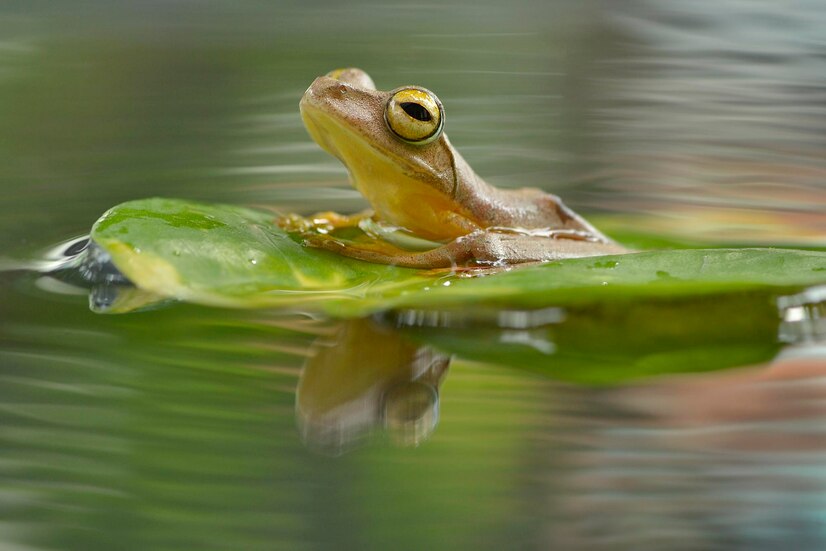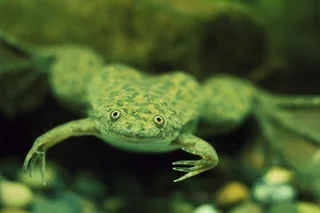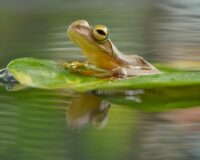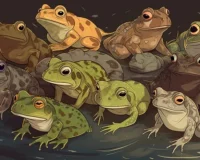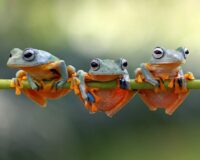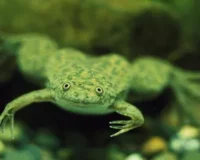If you’ve ever glanced over at your aquarium and noticed your African dwarf frog seemingly frozen at the water’s surface, you might have wondered: Is it okay? Is it sleeping? Welcome to the fascinating behavior known as the “Zen Float.”
African dwarf frogs are quirky little creatures with big personalities, and one of their most intriguing habits is this peaceful floating posture. Often mistaken for a sign of illness or distress, the Zen Float is actually quite normal. These frogs have lungs, not gills, and need to come up for air regularly. When they float at the top, motionless and serene, they’re usually just resting — and in their own way, meditating.
In this blog, we’ll explore what the Zen Float really means, how to distinguish it from possible health concerns, and what you should look for to ensure your frog is simply relaxing and not experiencing trouble. You’ll also learn about other fascinating frog behaviors that seem strange at first but are completely natural.
Understanding your frog’s body language and behavior is key to being a great aquatic pet parent. We’ll share insights on how often Zen Floating happens, why it’s more common in certain tank setups, and how to make sure your frog is floating for the right reasons.
Whether you’re a new frog owner or a longtime fan of these tiny amphibians, this guide will give you peace of mind and help you appreciate just how delightfully weird and wonderful African dwarf frogs can be.
So next time you see your frog “Zen Floating,” don’t panic — it might just be practicing its own form of underwater mindfulness.

